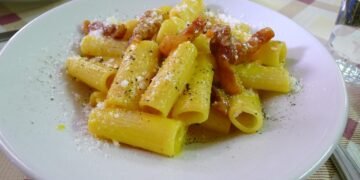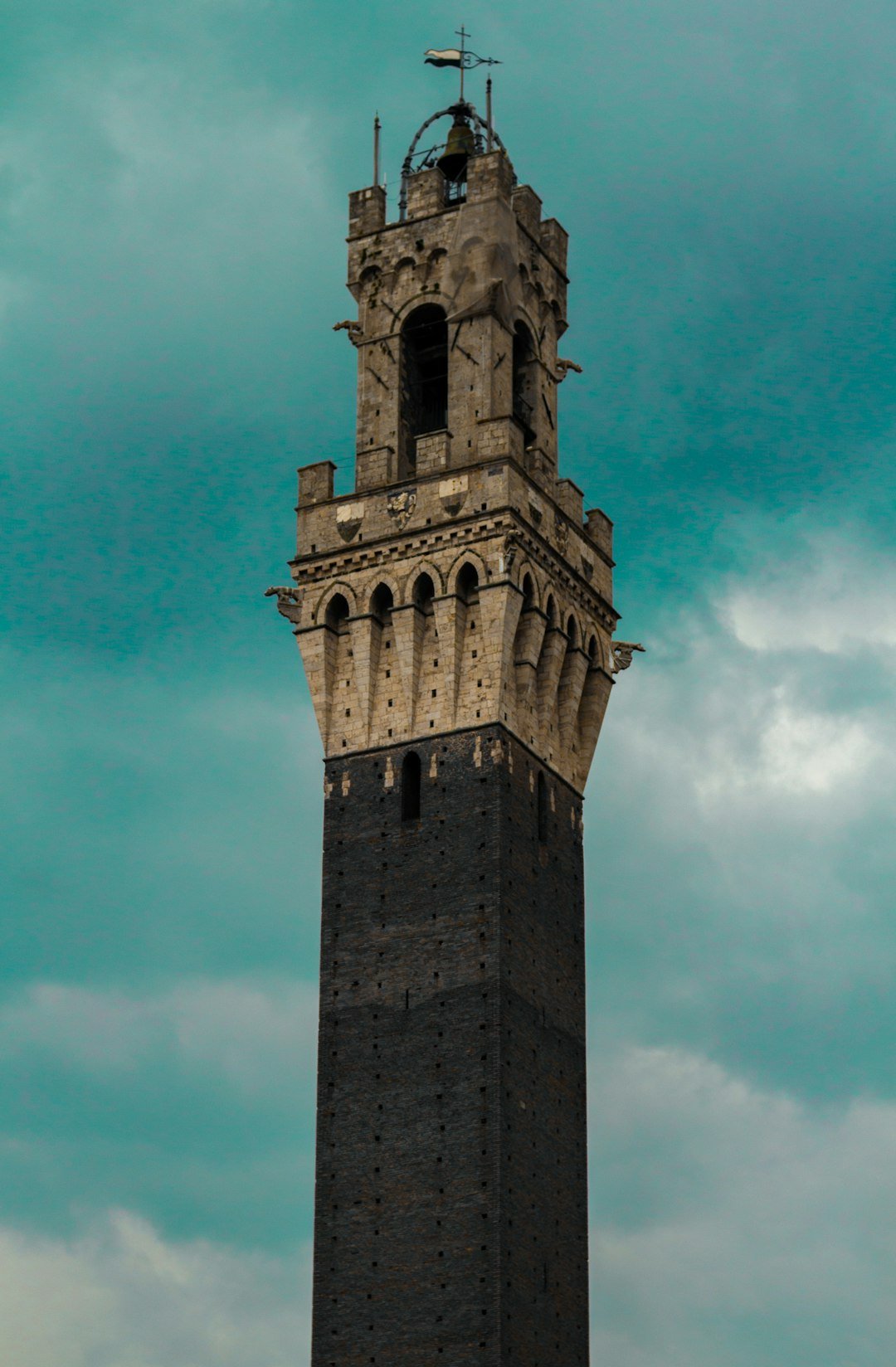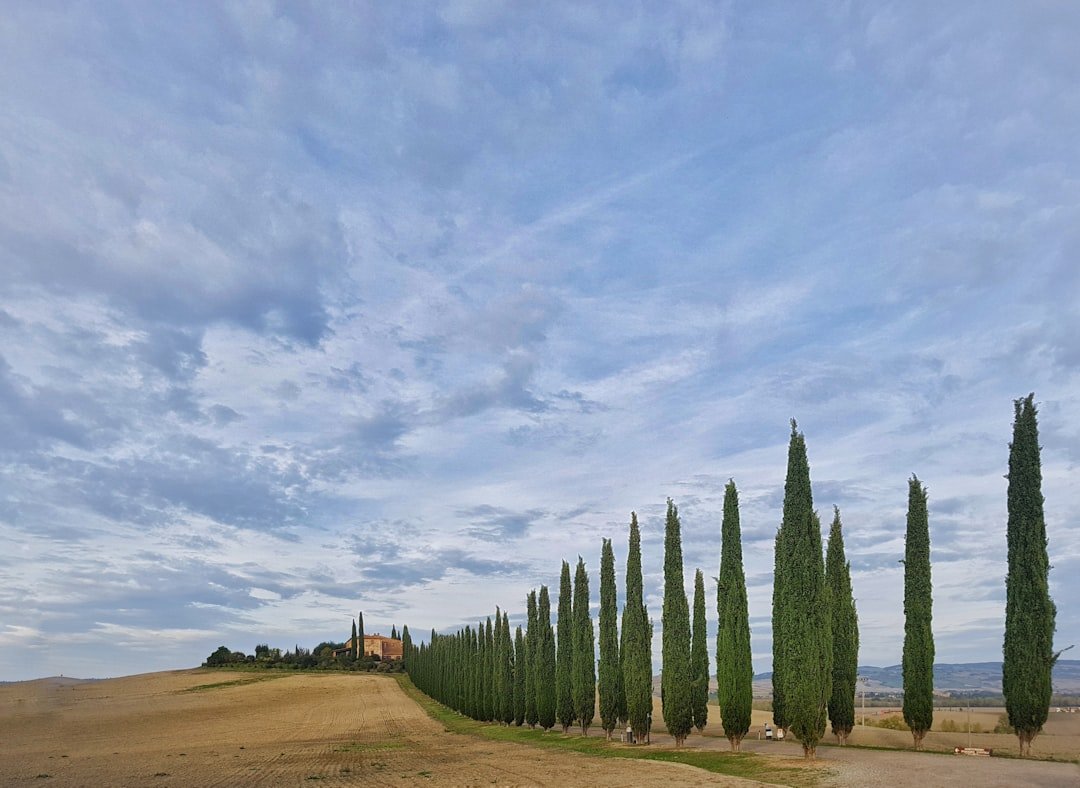What is Farina? The Backbone of Many Italian Delicacies
When you think of the world-famous Italian cuisine, what immediately springs to mind? Possibly pasta, pizza, risotto, and a myriad of diverse dishes that stimulate your taste buds and make Italian gastronomy one of the most admired worldwide. But behind all these culinary gems, there’s an essential ingredient that often doesn’t get the spotlight it deserves – Farina. But what is Farina? Prepare to delve into the splendid world of this unsung hero of Italian cuisine.
Understanding Farina: A Flour Unlike Any Other
Farina is an Italian word that translates to “flour” in English. Yet, it is much more than its literal translation. It is the base ingredient of various delightful dishes whose charm never ceases. You could compare Farina to a canvas that a painter uses to create a masterpiece. The majestic Sistine Chapel or the enigmatic smile of Mona Lisa – without a proper canvas, these extraordinary works of art would fail to exist. It is the humble, essentially invisible support that makes the visible essence possible. This is Farina – the humble but essential backdrop to many Italian culinary masterpieces.
The Origin and Composition of Farina
As you might expect, Farina, like the vast majority of flours, comes from grains. But, more specifically, Farina is derived from soft wheat (orTriticum aestivum), a type of wheat that is easily milled and leaves a very fine, soft powder. This powder, naturally rich in carbohydrates and gluten, gives shape, texture, and taste to pasta, bread, pizzas, sweets, and other unforgettable dishes of Italian cuisine.
The Use of Farina in Italian Gastronomy
The use of Farina in Italian cooking is manifold, making it a backbone and inevitable presence in a myriad of dishes.
1. Pasta and Pizza
Pasta and pizza are undoubtedly two of the most renowned delicacies globally when it comes to Italian cuisine. Anywhere you travel in the world, you’ll likely find these dishes represented in some form or another. Both of these staples are primarily made from Farina, translating the flavor of this humble ingredient into dishes adored by millions.
2. Bread
Bread is another essential part of the Italian table. Whether it is for breakfast, served alongside the main meal, or used in traditional recipes like Panzanella and Bruschetta – bread, made with Farina, holds a special place in Italian gastronomy.
3. Traditional Sweets
Last but not least, Farina plays an integral role in Italian pastries. From cannoli to tiramisu and numerous other sweets, Farina is there, providing the body to these delightful desserts.
The Importance of Farina in Italian Cuisine
Given the vast usage of Farina in multiple dishes of Italian gastronomy, it would be difficult to overstate its importance. As the fundamental ingredient used to prepare a wide variety of foods, Farina holds a pivotal place in Italian cuisine.
Maintaining Tradition
One may think that with so many modern options available, traditional ingredients like Farina may be losing their relevance. On the contrary, Farina’s importance has only been growing. It serves as a link to traditional recipes, maintaining a cultural heritage that is passed down through the generations. It is not just a culinary ingredient; it is a cultural one.
Nutritional Value
Farina’s benefits stretch beyond the taste. It is a rich source of carbohydrates, providing energy. It also contains important minerals and vitamins, contributing to a wholesome and balanced diet. While modern dietary trends might lead people to avoid carbohydrates, it is important to note that nutrition is not about avoiding certain types of foods, but rather about balance and moderation.
Conclusion
Farina may seem like a mundane ingredient. It is white, powdery, and doesn’t have much taste. But in the right hands, and with the right recipe, it transforms into the dough of pizza, the base of pasta, the structure of bread, and countless other foods that define the Italian culinary experience. Farina is indeed the backbone of many Italian delicacies, making it one of the most basic yet vitally important ingredients in the kitchen.
The Production of Farina
Farina is actually quite simple to produce, yet its simplicity doesn’t lessen its versatility and importance in Italian cuisine. The process begins with high-quality, hard or soft hulled wheat varieties. These grains are milled into tiny granules ready for cooking. The milling can vary in scale from small, artisanal producers to large, industrial operations, but the end product is the same – farina, a versatile base for a wide array of dishes.
Understanding Farina’s Nutritional Profile
When it comes to nutrition, farina packs a punch. It provides essential nutrients like fiber, iron, and B vitamins. With its complex carbohydrates providing steady energy release, it’s an excellent breakfast feature.
| Nutrient | Amount per 100g |
|---|---|
| Calories | 361 |
| Protein | 10.5g |
| Fat | 1g |
| Fiber | 3.9g |
| Iron | 5.82mg |
| Vitamin B | 0.77mg |
Farina in Global Cuisines
Farina is not exclusively used in Italian recipes. It forms an integral part of cuisines from bewitching Brazil to the lively landscapes of Latin America, particularly in desserts and breakfast foods. They are appreciated for their warm, comforting texture and subtle flavor that allows the accompanying ingredients to shine through.
Incorporating Farina into Your Diet
The beauty of farina lies in its adaptability. It’s a blank canvas that can carry both sweet and savory flavors seamlessly. For breakfast, it can be cooked with milk or water and topped with sweet fruits or savory spices. Farina also makes excellent bases for bread and pasta doughs. Its fine texture ensures a smooth and supple finished product.
Cooks Tips & Tricks with Farina
While working with farina, it’s important to prevent lumping during cooking. Gradually whisk in the farina into your liquid of choice and be sure to maintain a steady stir. Remember that different brands of farina may have varying cooking times—so it’s always safe to follow the package instructions.
Storing Farina
Farina should be stored in an airtight container in a cool, dry place. If properly stored, it can be stored for up to one year.
Final Thoughts about Farina
With its versatile functionality and the way it effortlessly adapts to the flair of any dish, farina is indeed the backbone of many delicacies, not just in Italy but across various cuisines worldwide. Its simplicity is its greatest strength. Providing a neutral base that allows for infinite flavor additions, there’s no denying why farina has such staple status in every kitchen!
























